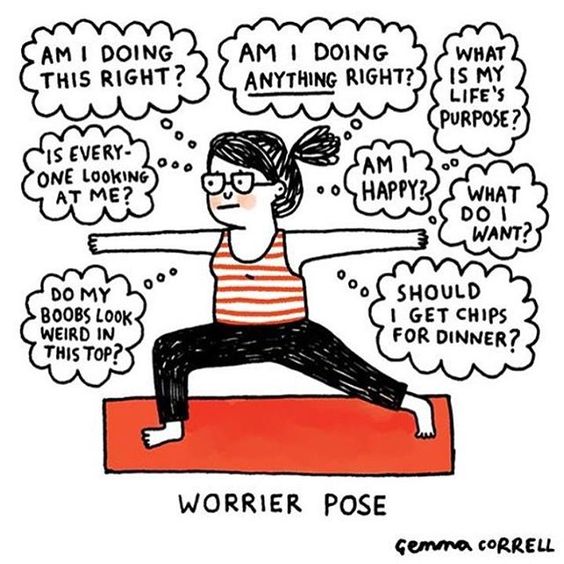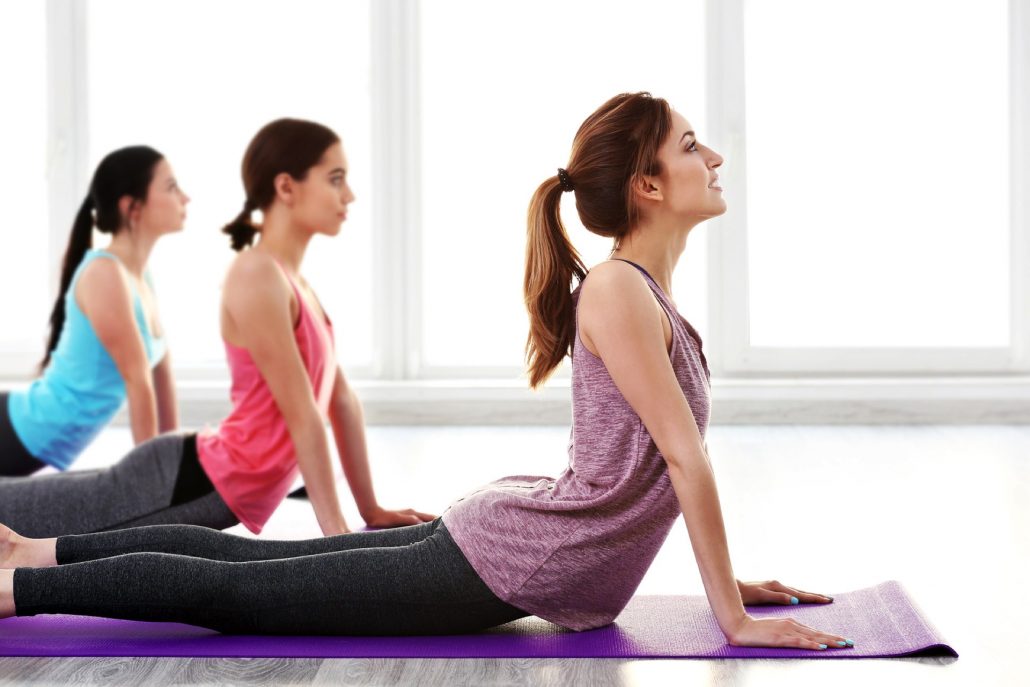4 Mistakes Beginners Make When Starting Yoga
Attending a yoga class when you have never done yoga before can be a little daunting. Most people are afraid of making mistakes or even looking silly when getting started and we totally get it. However, keep in mind that every yogi had to start somewhere. In fact, we’ve all been there. So, to help you feel a little more at ease, here are four mistakes most beginners make when first getting started with yoga and how you can avoid making them.
1. Comparing Yourself To Other Yogis
Let’s address the elephant in the room. When you start going to a yoga studio it can be tempting to spend a considerable amount of time checking out what other people are doing and start comparing. Are your asanas better or worse your neighbour’s? are you as flexible as the person next to you?
If you compare yourself to others in the class you end up losing focus on what you are doing and why you are there. Whether you look better or worse than other people in the class doesn’t matter, yoga should be a time to carve out some space just for you to relax and breathe.
Spend your time focusing on your asanas and letting go of your outsides stresses. As a beginner you won’t be perfect, your body may not be able to do everything straight away but you will improve with practice. Yoga is a personal journey, not a competition. Focus on your body and on your breath and you’ll leave class feeling fulfilled. Make sure to scan the yoga timetable for classes suitable for beginners.
2. Rushing Asanas
Give yourself time for each pose that you do and pay attention to your whole body. If you rush around in your day to day life it is tempting to treat your yoga class the same way.
Remember that yoga is not a race to the finish line. Take time to find space, to settle on your mat and prepare your body for the asana. Ensure your body is in alignment before you start and most of all: Don’t forget to breathe! Slowly get into the different poses, checking your movements then allow time for several rounds of deep breathing as you remain in each pose. Remember to also come out of the pose in a gentle way with an awareness of your movements.
3. Getting Frustrated
Yoga looks deceptively simple, especially if you already do lots of sports or exercise. Often people new to practising yoga think they will be able to join a class and pick it up perfectly immediately. It is worth remembering that even if you are used to physical activity, that your body will be working in a new way. If you don’t do much in the way of exercise you will need to work the stiffness out of your body with gentle practice.
The asanas in yoga need you to begin to stretch and move your body in a way that’s new. Be kind to yourself, don’t get cross and frustrated, you will need time and practice to get into those perfect poses. Yoga is a gentle exercise and each time you come to class you’ll notice something get a little easier as your muscles learn the movements.

4. Leaving Too Soon
The final relaxation (also called Shavasana) is a great way to end a class, this is a process where you relax your body as the teacher guides you through a wind-down relaxation. This process can last from 5 minutes upwards and is important in giving yourself a moment to absorb what you have practised in class and get ready to go back to real life.
Some new students can feel that this part of the class isn’t essential so they gather up their stuff and leave to get on with the rest of their day. This is a mistake as relaxation is one of the most important parts of the session. It gives your muscles a chance to stretch and relax but even more importantly it gives you the mental space to breathe and calm.






